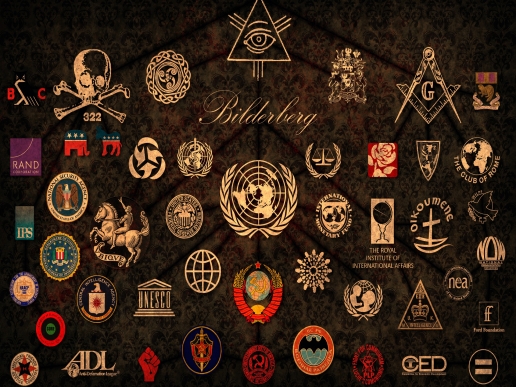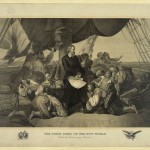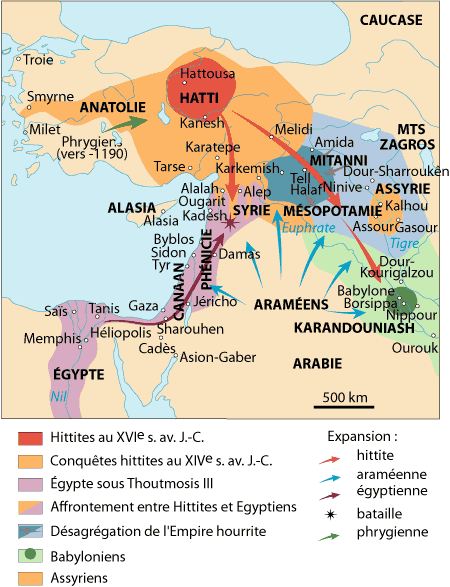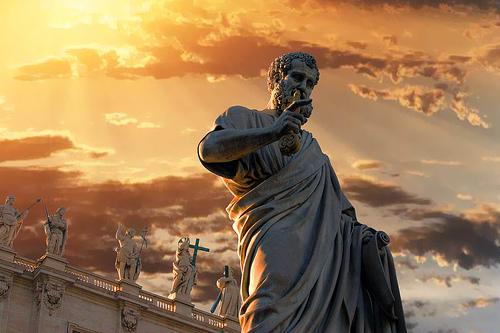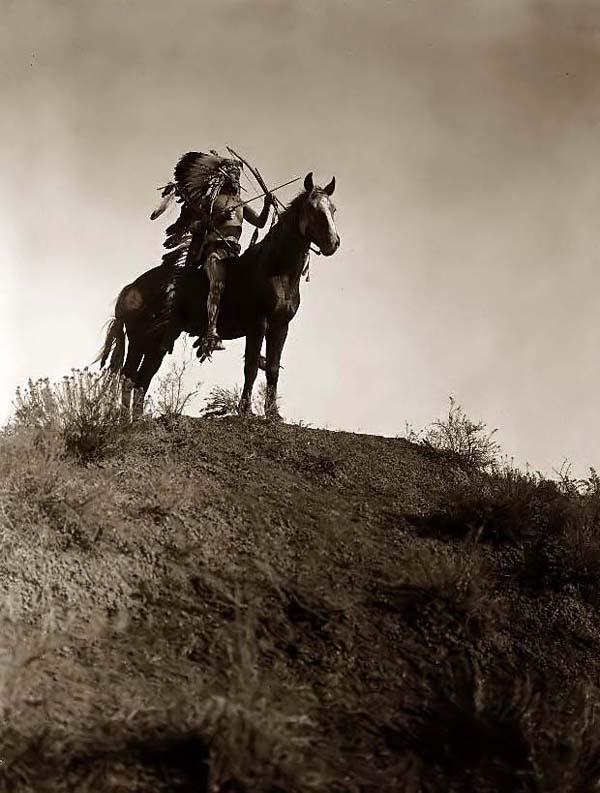The Qabbalists divided the uses of their sacred science into five sections. The Natural Qabbalah was used solely to assist the investigator in his study of Nature’s mysteries. The Analogical Qabbalah was formulated to exhibit the relationship which exists between all things in Nature, and it revealed to the wise that all creatures and substances were one in essence, and that man–the Little Universe–was a replica in miniature of God–the Great Universe. The Contemplative Qabbalah was evolved for the purpose of revealing through the higher intellectual faculties the mysteries of the celestial spheres. By its aid the abstract reasoning faculties cognized the measureless planes of infinity and learned to know the creatures existing within them. The Astrological Qabbalah instructed those who studied its lore in the power, magnitude, and actual substance of the sidereal bodies, and also revealed the mystical constitution of the planet itself. The fifth, or Magical Qabbalah, was studied by such as desired to gain control over the demons and subhuman intelligences of the invisible worlds. It was also highly valued as a method of healing the sick by talismans, amulets, charms, and invocations.
The Sepher Yetzirah, according to Adolph Franck, differs from other sacred books in that it does not explain the world and the phenomena of which it is the stage by leaning on the idea of God or by setting itself up as the interpreter of the supreme will. This ancient work rather reveals God by estimating His manifold handiwork. In preparing the Sepher Yetzirah for the consideration of the reader, five separate English translations have been compared. The resulting form, while it embodies the salient features of each, is not a direct translation from any one Hebrew or Latin text. Although the purpose was to convey the spirit rather than the letter of the ancient document, there are no wide deviations from the original rendition. So far as known, the first translation of the Sepher Yetzirah into English was made by the Rev. Dr. Isidor Kalisch, in 1877. (See Arthur Edward Waite.) In this translation the Hebrew text accompanies the English words. The work of Dr. Kalisch has been used as the foundation of the following interpretation, but material from other authorities has been incorporated and many passages have been rewritten to simplify the general theme.
At hand also was a manuscript copy in English of the Book of the Cabalistick Art, by Doctor John Pistor. The document is undated; but judging from the general type of the writing, the copy was made during the eighteenth century. The third volume used as a reference was the Sepher Yetzirah, by the late Win. Wynn Westcott, Magus of the Rosicrucian Society of England. The fourth was the Sepher Yetzirah, or The Book of Creation, according to the translation in the Sacred Books and Early Literature of the East, edited by Prof. Charles F. Horne. The fifth was a recent publication, The Book of Formation, by Knut Stenring, containing an introduction by Arthur Edward Waite. At hand also were four other copies–two German, one Hebrew, and one Latin. Certain portions of the Sepher Yetzirah are considered older and more authentic than the rest, bur the controversy regarding them is involved and nonproductive that it is useless to add further comment. The doubtful passages are therefore included in the document at the points where they would naturally fall.
THE SEPHER YETZIRAH, THE BOOK OF FORMATION
Chapter One 1. YAH, the Lord of Hosts, the living Elohim, King of the Universe, Omnipotent, the Merciful and Gracious God, Supreme and Extolled, Dweller in the Height whose habitation is Eternity, who is Sublime and Most-Holy, engraved His name and ordained (formed) and created the Universe in thirty-two mysterious paths (stages) of wisdom (science), by three Sepharim, namely, Numbers, Letters, and Sounds, which are in Him one and the same.
2. Ten Sephiroth (ten properties from the Ineffable One) and twenty-two letters are the Foundation of all things. Of these twenty-two letters three are called “Mothers,” sewn “Double,” and twelve “Simple.”
3. The ten numbers (Sephiroth) out of Nothing are analogous to the ten fingers and the ten toes: five over against five. In the center between them is the covenant with the Only One God. In the spiritual world it is the covenant of the voice (the Word), and in the corporeal world the circumcision of the flesh (the rite of Abraham).

Moe is the founder of GnosticWarrior.com. He is a father, husband, author, martial arts black belt, and an expert in Gnosticism, the occult, and esotericism.

![How St. Augustine in Kent followed the doctrine and manner of life of the primitive Church, and settled his episcopal see in the royal city [597 A. D.] | Book 1 Chapter 25 How St. Augustine in Kent followed the doctrine and manner of life of the primitive Church, and settled his episcopal see in the royal city [597 A. D.] | Book 1 Chapter 25](https://www.gnosticwarrior.com/wp-content/plugins/contextual-related-posts/default.png)
